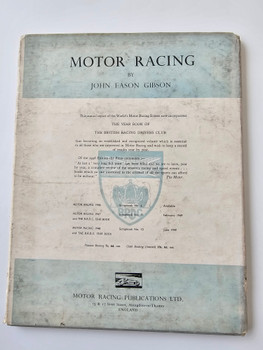Description
By: David Venables .
Famed as the birthplace of motor racing, France also played an essential role in nurturing the sport in its early years, blue becoming the national racing colour when Messrs Mors and Panhard contested the early town-to-town races.The first Grand Prix was staged in 1906, when a triumphant Renault prevailed, and in the years leading up to World War I Peugeot dominated Grand Prix racing and joined Delage as a sensational winner of the Indianapolis 500. In the 1920s first Delage and then the legendary cars of Ettore Bugatti dominated Europe's circuits, but when Bugatti was eclipsed by the German teams in the 1930s French interest turned to sports-car racing, and although Delahaye and Talbot-Lago dominated the scene Bugatti made a sensational comeback, recording two victories at Le Mans.
After World War 2 Talbot-Lago and Gordini carried the blue proudly in the new era of World Championship Grand Prix racing. Matra, a new name, put France on top again in the 1960s and '70s, while Ligier and Rondeau flew the tricolor in Formula I and sports-car racing. Then sleeping giant Renault awoke, entering the F I fray in 1977 with radical turbocharged cars that brought France fresh glory. In the 21st century this success has been maintained with the new generation of naturally aspirated cars, while Peugeot has returned to take top honours in the Le Mans 24 Hours, which retains its status as one of the world's most famous motor races.
In French Racing Blue author David Venables combines a dramatic narrative with rare photographs from the world-renowned Ludvigsen Library and striking portraits commissioned especially for the book to create a unique and beautifully illustrated tribute to France's rich racing heritage.





















